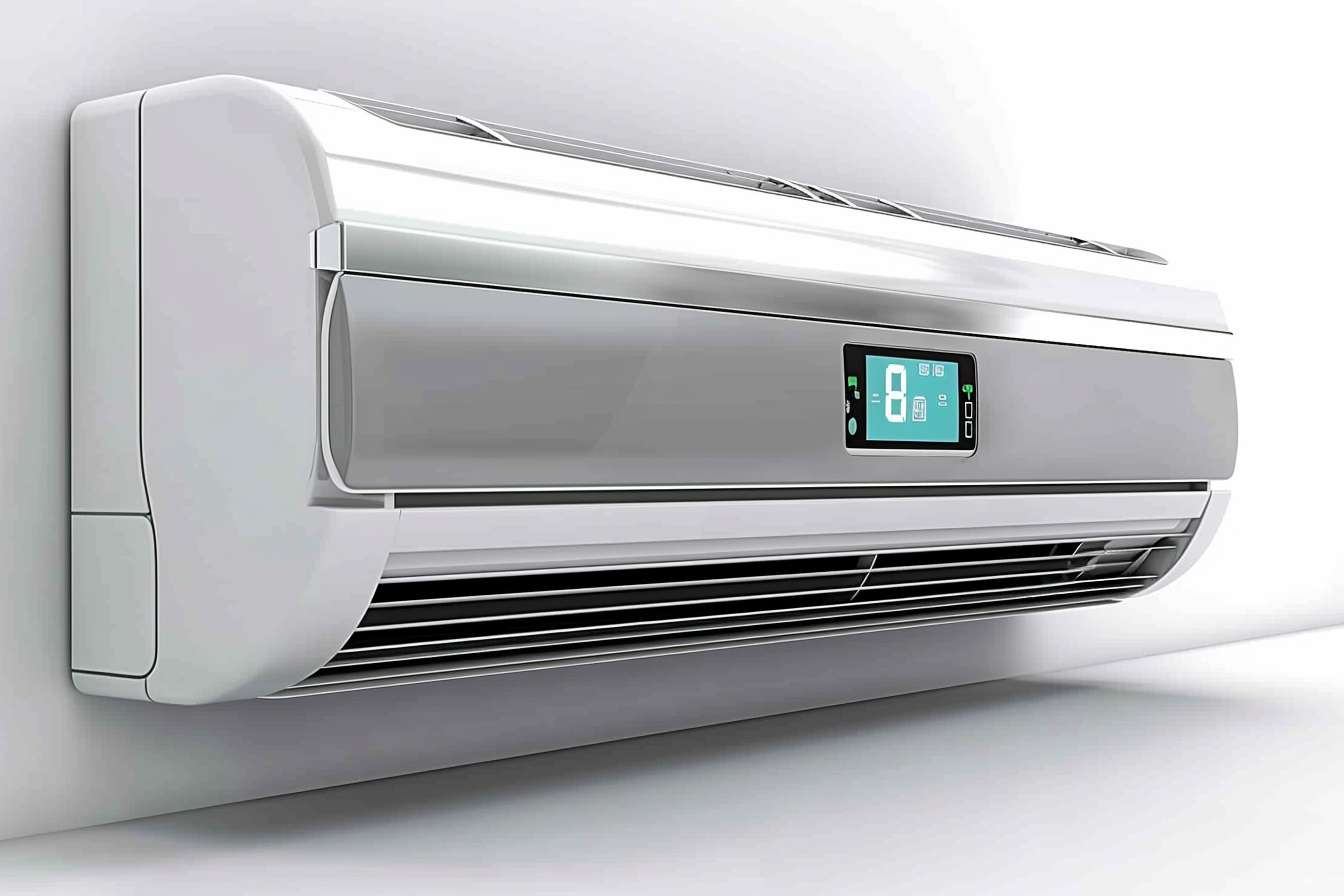Record-keeping and scheduling strategies for reliable performance
Consistent record-keeping and proactive scheduling are foundational to sustaining reliable heating system performance. Clear logs help track maintenance tasks, inspections, calibration events, and parts replacement, while predictable service intervals reduce unexpected downtime. This article outlines practical strategies for documenting work on furnaces, boilers, thermostats, filters, and ventilation components to protect energy efficiency and safety.

Reliable heating performance depends as much on organized documentation and well-planned schedules as it does on technical competence. Establishing straightforward record-keeping practices and predictable servicing cadences ensures key components—like the furnace, boiler, thermostat, filters, and ventilation—are monitored and maintained before minor issues become major failures. Below are structured strategies for creating logs, setting inspection intervals, and using simple tools to make record-keeping practical for homeowners, facility managers, and service providers.
Furnace and boiler record-keeping
Maintaining separate but linked records for primary heat sources—furnaces and boilers—helps isolate recurring issues and track lifecycle events. Each entry should include date, technician or person performing the task, observed symptoms, parts replaced, and relevant measurements (pressure, temperature, flame characteristics). For boilers note water treatment and pressure checks; for furnaces record combustion quality and heat exchanger condition. Digital logs or spreadsheets simplify searches by date or symptom and make warranty and replacement decisions clearer.
Thermostat calibration and scheduling
Thermostats are both control points and diagnostic tools: regular calibration and scheduled checks maintain accurate setpoints and reveal control-related energy inefficiencies. Record setpoint changes, calibration adjustments, software or firmware updates, and any communication errors with zone controllers. Schedule calibration at least annually for mechanical thermostats and after major system repairs for smart controls. Include timezone, occupancy pattern changes, and noted discrepancies between thermostat readings and actual room temperatures.
Filter, airflow, and ventilation checks
Airflow and filtration directly influence comfort, energy use, and indoor air quality. A record for filters should show type, MERV rating, installation date, and replacement schedule. Log airflow measurements and static pressure readings when possible to detect blocked ducts or failing fans. Ventilation records should include inspection dates for fresh-air intakes and exhaust paths and any cleaning or repairs. Consistent entries let you correlate poorer airflow with higher energy use or uneven heating.
Combustion, inspection, and safety logs
Combustion analysis and safety inspections are critical for systems using combustion fuel. Maintain discrete logs for combustion efficiency, CO (carbon monoxide) test results, burner adjustments, and venting inspections. Record inspection dates, who performed the check, and outcomes of safety devices such as flame sensors and pressure switches. Regularly reviewing these entries helps identify slow-developing safety risks and ensures compliance with local codes and best practices.
Servicing intervals and calibration routines
Create a master servicing schedule combining manufacturer recommendations and local operating conditions. Typical intervals might include seasonal inspection before heating season, mid-season filter checks, and annual comprehensive servicing that covers calibration, lubrication, combustion tuning, and control verification. For calibration-heavy components—thermostats, control valves, and burners—record pre- and post-calibration readings and note tolerances used. Keeping a visible calendar or a shared digital schedule reduces missed services and improves coordination with local services or in-house technicians.
Energy tracking and performance reviews
Energy tracking ties maintenance to measurable outcomes. Log monthly fuel or electricity consumption alongside outside temperature degree days to normalize usage. Combine energy records with dated maintenance entries to evaluate the effectiveness of filter changes, calibration, ventilation fixes, or component replacements. When trends show rising energy use without a corresponding increase in demand, investigate air leaks, compromised combustion, or thermostat drift. Periodic reviews (quarterly or biannual) formalize this analysis and guide prioritization of capital or operational repairs.
Conclusion
A practical record-keeping system and a realistic scheduling approach make heating systems more predictable, efficient, and safer to operate. Use concise, consistent entries for furnaces, boilers, thermostats, filters, ventilation, combustion checks, inspections, servicing, and calibration events. Combine simple digital tools or standardized paper logs with a clear servicing cadence to turn maintenance from a reactive chore into a managed process that preserves performance, supports energy objectives, and reduces safety risks.






